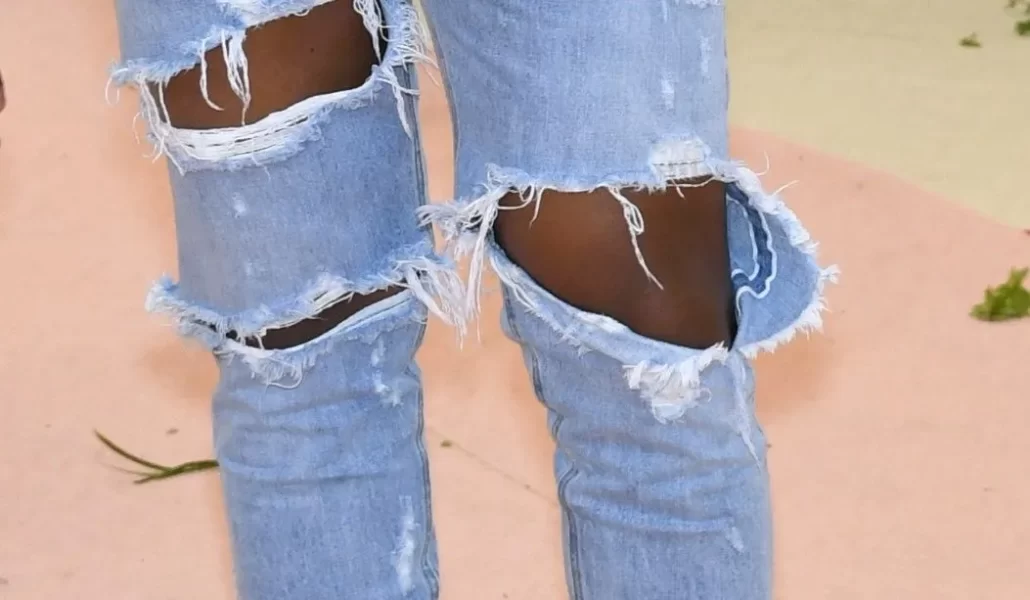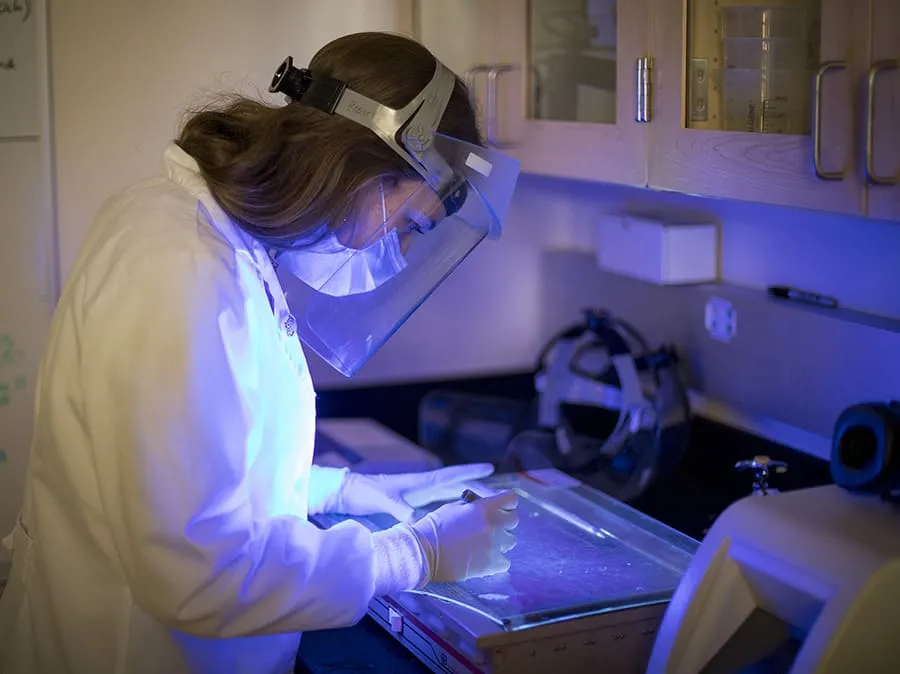Fabric bursting strength testing is of great importace for our daily outfit. We often notice that the elbows of sweaters easily deform, the knees of knitted pants are the first to wear out, and socks frequently develop holes in the toe area. Consumers may wonder: Is this a quality issue or an inherent characteristic of…
Category Archives: Textile Knowledge
The performance and testing of materials are the core foundation for the development of the textile industry. From the selection of fibers to the final formation of fabrics, every link relies on precise control of material properties and rigorous experimental verification. With the rapid development of textile technology, new materials and processes are emerging in…
The performance and testing of materials are fundamental pillars in the development of the textile industry. From fiber selection to the final formation of fabrics, every step requires precise control over material properties and rigorous testing validation. With the rapid advancement of textile technology, new materials and processes continually emerge, leading to updates in performance…
Introduction As a highly valued textile material in the modern era, wool fabrics require careful consideration of their air permeability. Clothing materials must possess a certain degree of breathability since human skin continuously undergoes respiration, exchanging gases with the environment while shedding skin flakes and excreting sweat and oils. From a hygiene perspective, breathable fabrics…
The Martindale method stands out as a widely used and reliable approach for determining fabric abrasion resistance. It offers three distinct methods – determination of sample breakage, mass loss, and appearance quality change. This article delves into the details of these three Martindale-based determination methods. Relying on China’s national standards GB/T21196.2 – 4—2007, it aims…
Textile finishing plays a crucial role in enhancing the functionality, appearance, and durability of fabrics. This article delves into various textile finishing techniques that serve different purposes, such as antimicrobial finishing, UV protection, eco-friendly treatments, antistatic properties, and lustrous finishes. By understanding these technologies, textile professionals can improve product performance, meet industry standards, and cater…
When selecting the most suitable fabric for clothing or textile applications, it is essential to understand the fabric’s properties, structure, and the technologies used in its production. Fabrics can vary widely, influenced by factors like fiber type, yarn count, weaving methods, and even finish treatments. This article delves into the classification of fabrics, exploring how…
Textile finishing is a crucial stage in fabric production, involving a variety of techniques designed to enhance the appearance, texture, performance, and longevity of textiles. In Part 2 of our series, we explore five important textile finishing methods: fabric sizing, brushing, flocking fabric, wrinkle-resistant fabric, and flame-retardant treatment for fabric. Each of these processes serves…
In today’s diverse fashion and industrial fields, textiles are everywhere. From the clothes we wear daily to high – end industrial materials, their quality and performance directly impact our lives and production. Textile finishing technology, as a crucial link in endowing textiles with unique charm and practical value, is playing an increasingly important role. It…
When it comes to ensuring the durability of textile colors, color fastness is one of the most critical factors for both manufacturers and consumers. The ability of laboratory inspectors to visually evaluate color fastness can significantly impact the quality control processes of textile production. This article will explore methods to enhance inspectors’ skills in visually assessing color…









